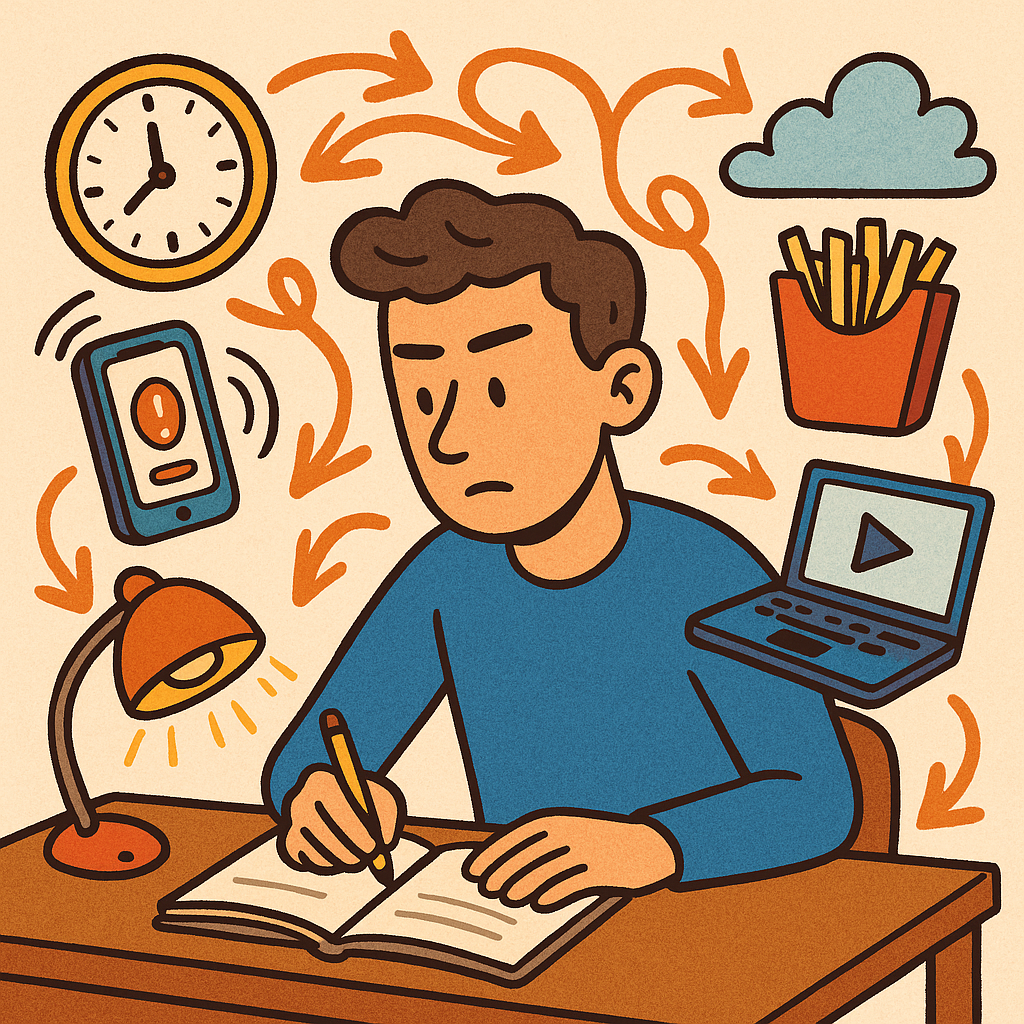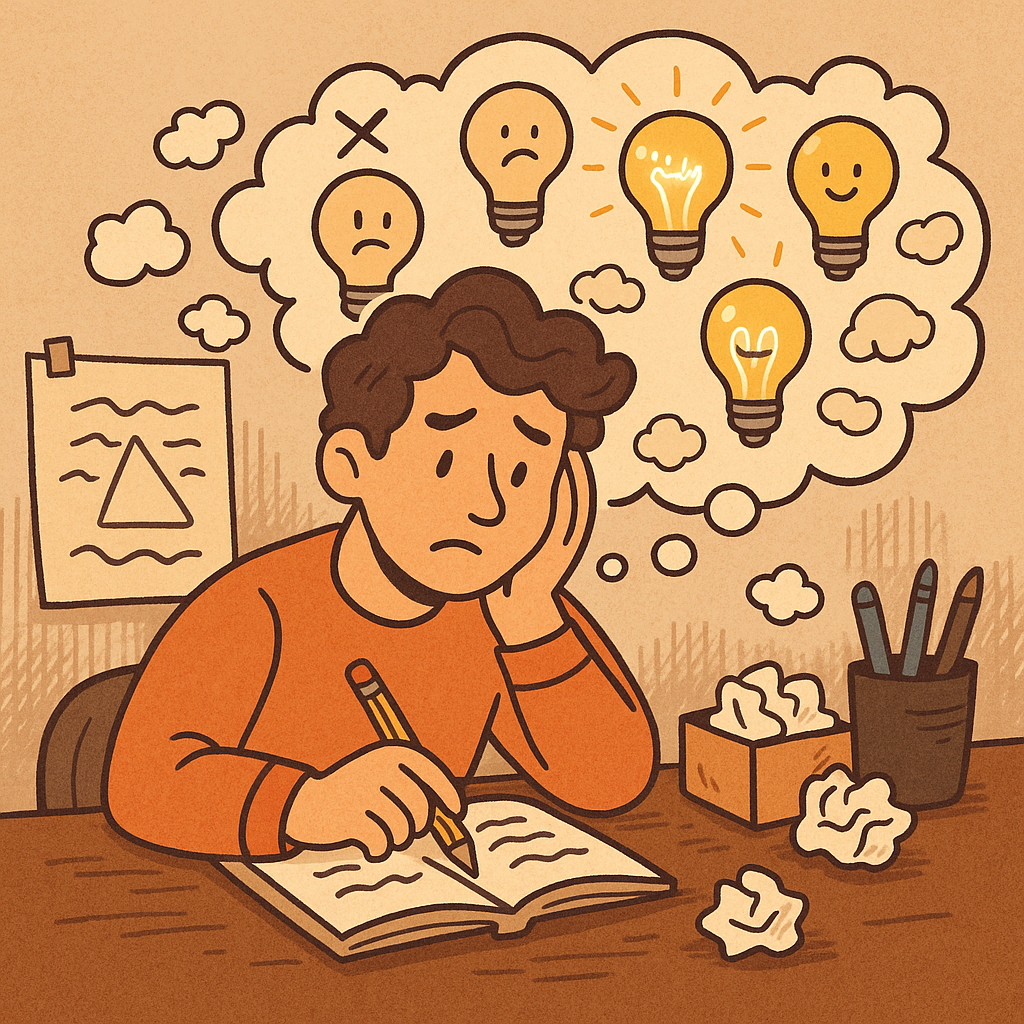Your attention span isn’t broken—you just need the right tools. This guide explores emerging trends and practical steps to help you align your workflow with your cognitive rhythm, reclaim focus, and boost productivity.

The modern brain thrives on working with, not against, your attention span by embracing micro‑habits, calm tech, and mindset shifts. In this guide, you’ll learn why adjusting to your natural attention cycles matters—and how to do it effectively.
Why attention spans are shorter
- In 2025, average digital attention has dropped from 12 to just 8 – 8.25 seconds—shorter than a goldfish’s 9 seconds.
- Screen focus now averages 47 seconds per session, down from 2.5 minutes in 2004.
- Heavy social media use, constant notifications, and multitasking (“continuous partial attention”) fracture our ability to concentrate.
Working with, not against, your attention span means acknowledging these shifts—and turning them into strengths.
Trend 1: Micro‑productivity via Pomodoro + attention blocks (H2)
The Pomodoro Technique—25-minute focus bursts followed by 5-minute breaks—is booming again in 2025, with updated research confirming its effectiveness.
Why it works:
- Matches brain cycles – short focus sessions align with natural attention span.
- Train attention like a muscle – sustained effort builds capacity.
- Avoid directed attention fatigue – frequent breaks prevent mental exhaustion.
How to apply:
- Set a single clear goal (e.g., draft one section).
- Use a timer (phone, kitchen timer, or browser plugin).
- Work uninterrupted; after each session, take a 5-min break—stand, stretch, breathe.
- After four sessions, take a longer break (15–20 min).
Trend 2: Calm Technology
Derived from Weiser & Brown’s 1995 concept and gaining traction via the Calm Tech Institute, calm technology minimizes digital distractions by design.
Key principles:
- Move tech from center to periphery.
- Use subtle cues instead of intrusive alerts.
- Design interaction that respects your flow.
Examples you can use today:
- Smartphone “focus modes” that mute notifications.
- Smart speakers that respond quietly rather than blaring alarms.
- Wearables like Muse or Apollo Neuro that track stress and gently nudge you to refocus.
Working with your attention means making distractions invisible—until you choose to engage.
Trend 3: Mental fitness and attention training
Mental fitness—exercising your brain like a muscle—is trending. In 2025, it’s recognized that consistent mental workouts build resilience to distraction and improve focus .
Practical steps:
- Mindfulness meditation: even 3–10 min daily stabilizes attention.
- Mini breaks with movement: walk, stretch, or breathe between tasks to reset focus .
- Brain challenges: puzzles, memory exercises, or language apps sharpen executive function.
Trend 4: Digital detox and attention hygiene
Rather than go cold-turkey, attention hygiene means strategically designing your digital environment.
Best practices:
- Disable non-essential notifications.
- Use website blockers (e.g., Freedom, Cold Turkey).
- Schedule tech-free blocks—like meals or evenings.
Studies show reducing screen interruptions increases deep work time and lowers fatigue.
Emerging tech: VR, EEG & adaptive attention tools
Cutting-edge tools are being tested for real-world use:
- VR attention training reduces stress and improves sustained focus.
- EEG-based adaptive systems adjust cognitive load based on brain patterns.
- Early tools track attention in online education to enable targeted support.
While not mainstream yet, these highlight a future where systems adapt to YOUR attention rhythm in real time.
Putting it all together
1. Assess your attention pattern
- Track real sessions: how long can you focus before drifting?
- Use apps like Forest or RescueTime.
2. Harmonize techniques with your workflow
| Strategy | Use case |
|---|---|
| Pomodoro + breaks | Writing, coding, admin |
| Calm tech modes | Meetings, reading, research |
| Mindfulness or movement | Pre-work or transition breaks |
| Attention hygiene | At the start of the day |
3. Experiment and iterate
- Try Pomodoro for a week.
- Try calm-tech settings.
- Introduce micro-movement breaks.
Record results: productivity, well-being, sense of flow.
4. Scale with mindset and environment
- Create cues: “pomodoro starting” playlist.
- Environment: clean desk, physical timer.
- Social habits: teammates know your focused hours.
Common pitfalls to avoid
- Don’t multitask—switching costs attention and motivation.
- Don’t skip breaks—directed attention fatigue starts in 20–30 minutes.
- Don’t expect overnight results—mindset shifts take consistent practice.
Why this matters now
- Digital life is only getting more distracting.
- Working with, not against, your attention span is a competitive edge.
- Combining traditional techniques with new tech (e.g. calm tech, VR) gives real gains.
Summary
Recap of what works:
- Pomodoro+breaks for rhythm.
- Calm tech for reduced interference.
- Mental fitness through mindful habits and brain training.
- Digital hygiene to maintain focus baseline.
- Emerging adaptive tools to future-proof your workflow.
In 2025, mastering your attention is more about smart design than sheer willpower.
References
Gloria Mark, “Why our attention spans are shrinking,” American Psychological Association Podcast, 2023. Provides insights on attention-switching, stress, and focus management. en.wikipedia.org
“6 Simple Science‑Backed Ways to Boost Your Attention Span,” Science Focus, March 2024. Highlights chronotype-based scheduling and peak focus times. sciencefocus.com
E. Ophir, C. Nass & A.D. Wagner, “Cognitive Control in Media Multitaskers,” PNAS, 2009. Demonstrates how multitasking fragments attention and impairs concentration. pmc.ncbi.nlm.nih.gov






